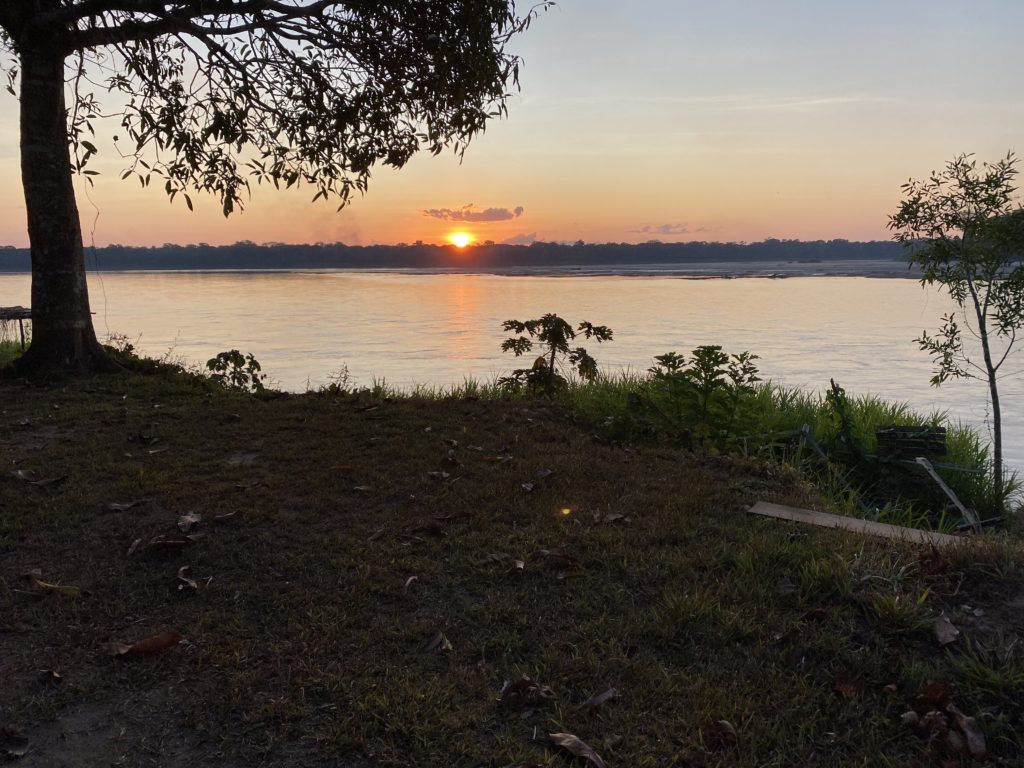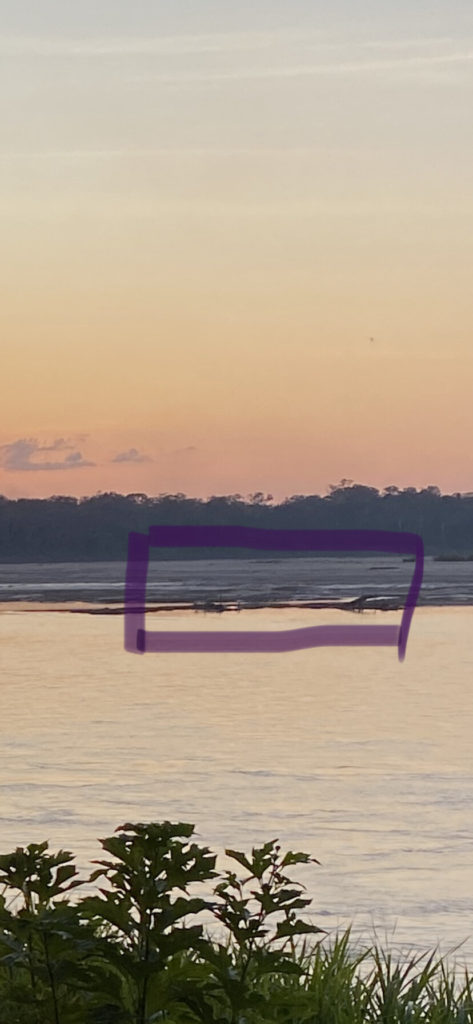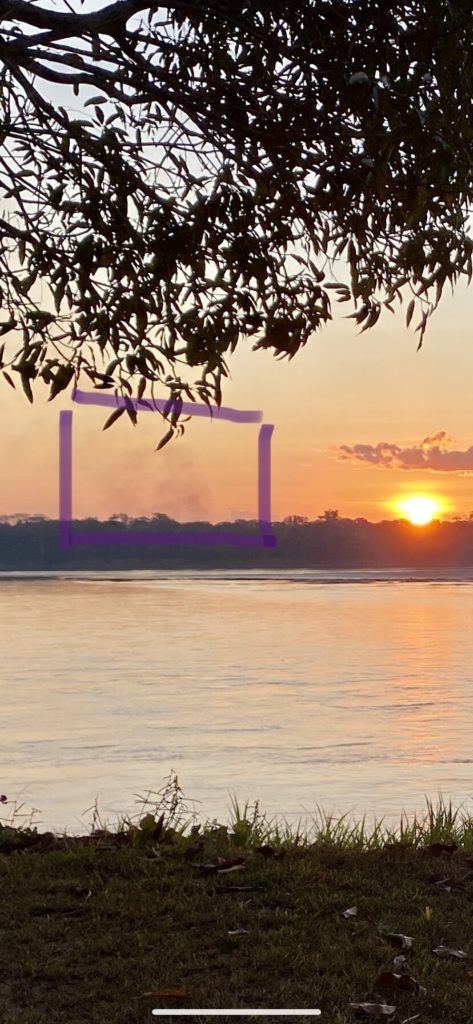Peru is an ecologically-fascinating country. Going from west to east, traversing Peru will have you start in the ocean, pass through the desert, scale the Andes mountains, and descend into the Amazon rainforest. Unfortunately, however, much of Peru’s ecological diversity, especially that of the Amazon, finds itself increasingly threatened.
After Brazil, Peru is the country with the most Amazon rainforest coverage, and our understanding of this ecosystem’s importance in mitigating climate change, protecting biodiversity, and providing services to both local and global communities is only increasing as scientists continue to study it. In Peru, however, deforestation of the Amazon has been a worsening issue in the past years, with links to illegal logging groups, land-clearing for agriculture and livestock, illegal mining, and drug trafficking.
I first talked about this issue with my Spanish professor, and we watched together a news clip about a recent attack by a drug trafficking group on a local Amazonian family as well as a movie that partly discusses the theme, “El crimen del Padre Amaro”, in English “The Crime of Father Amaro”). The way she described the situation to me was quite interesting; she said that Peru is an incredibly wealthy country with their food (three Peruvian restaurants were recently ranked among the top 50 restaurants in the world, coming in at #2, #11, and #32), history, culture, people, and natural beauty, but that the current systems in place and the threats mentioned above have prevented the nation from fully taking advantage of its potential. To her, it is devastating what is currently happening (and what has been happening for decades), but she says it is nearly impossible for any real change to happen due to the corruption between all of the interested parties (the government, for example, is known to buy wood from illegal loggers).
I was fortunate enough to take a brief trip down to the Amazon from Cusco, and discussing the issue with some of the tour guides I met left me slightly surprised. The lodge I was at was on the shore of Río Madre de Dios, a tributary of the Amazon, and on the other shoreline were various groups of illegal gold miners. In the distance, you could also see smoke rising from, as the guides explained to me, farmers burning virgin forest for land to cultivate or raise cattle. These tour guides have lived their entire lives in or in close proximity to the jungle, and they know their way around as if it were their home—all the trees and the birds and the reptiles and the insects, their species, their habits, what is and isn’t poisonous, etc. Indeed, they don’t know the jungle as if it were their home, they know it because it is their home. For this reason, it surprised me that for these guides, the presence of illegal miners and of forest-burning farmers has become normalized, as if it were another aspect of the jungle. When I asked them about their presence in the rainforest, they simply explained that, yes, they exist, but no, there is not much to do about it. Of course, they want to see the Amazon protected and conserved, not only for their jobs’ sake, but because this is the place that they call home, but it struck me their lack of intensity regarding the issue. Perhaps they simply didn’t want to dive into the details with me during the tour and instead keep the focus on the jungle itself. Or perhaps it is a difficult topic for them to talk about given that their home is increasingly threatened. Or perhaps what they did share with me is more or less what their true stance is. Whatever the case, what is certain is that the Peruvian Amazon is being destroyed at an alarming rate, and we are all in trouble if such a trend continues.


